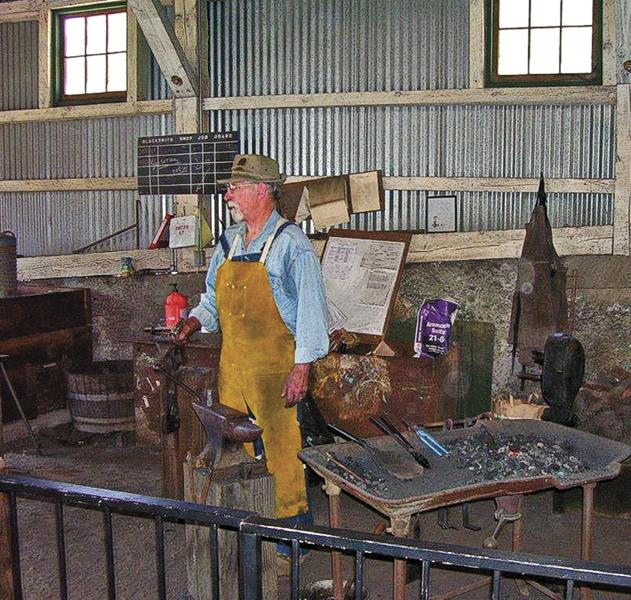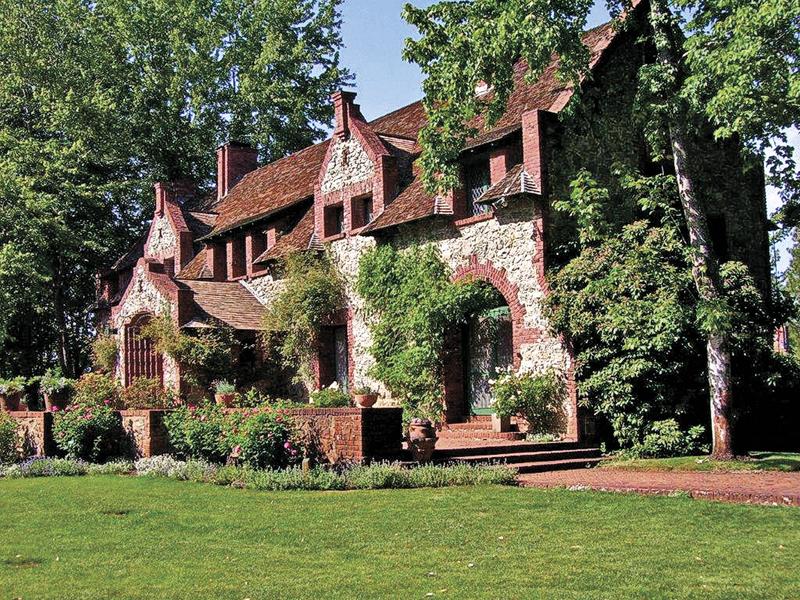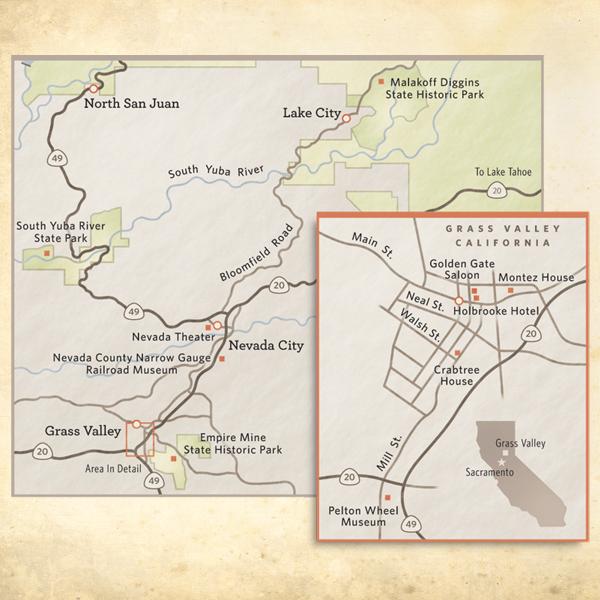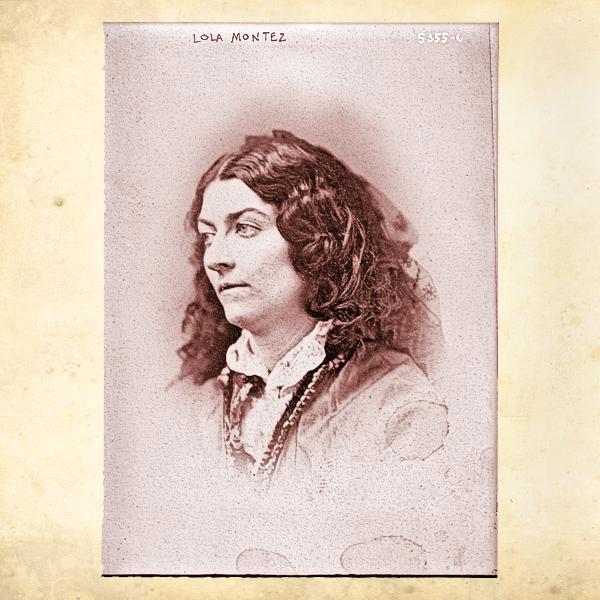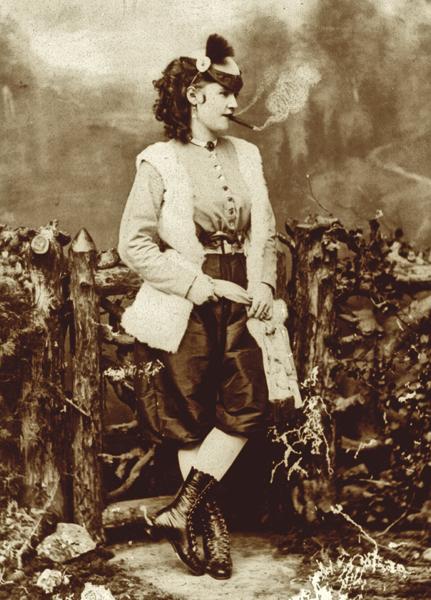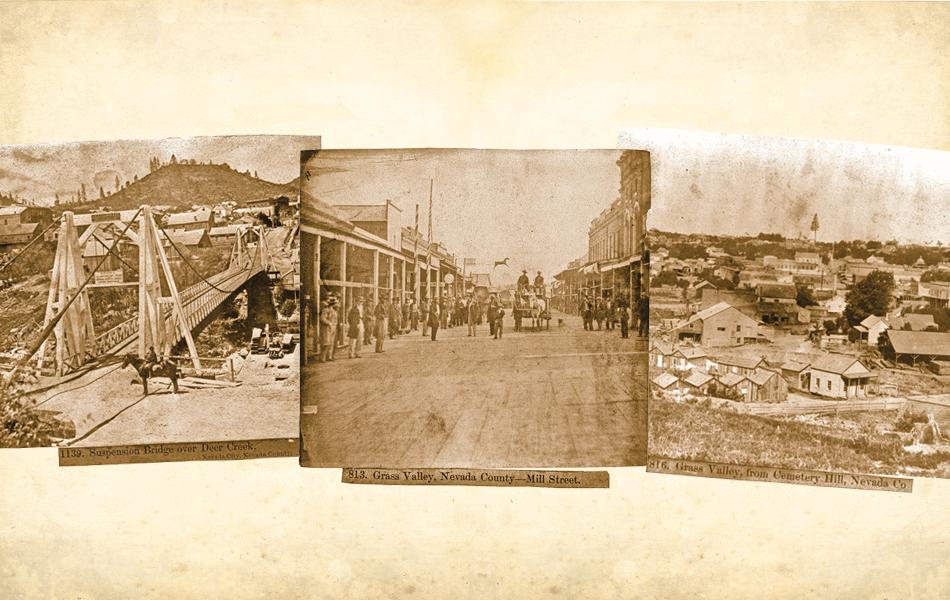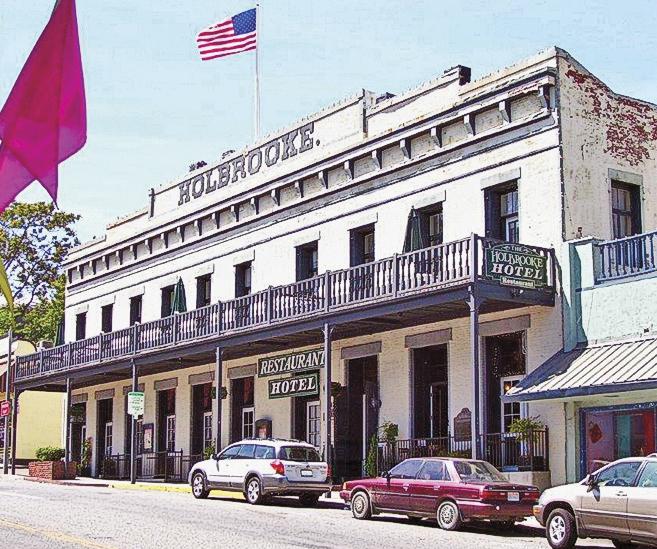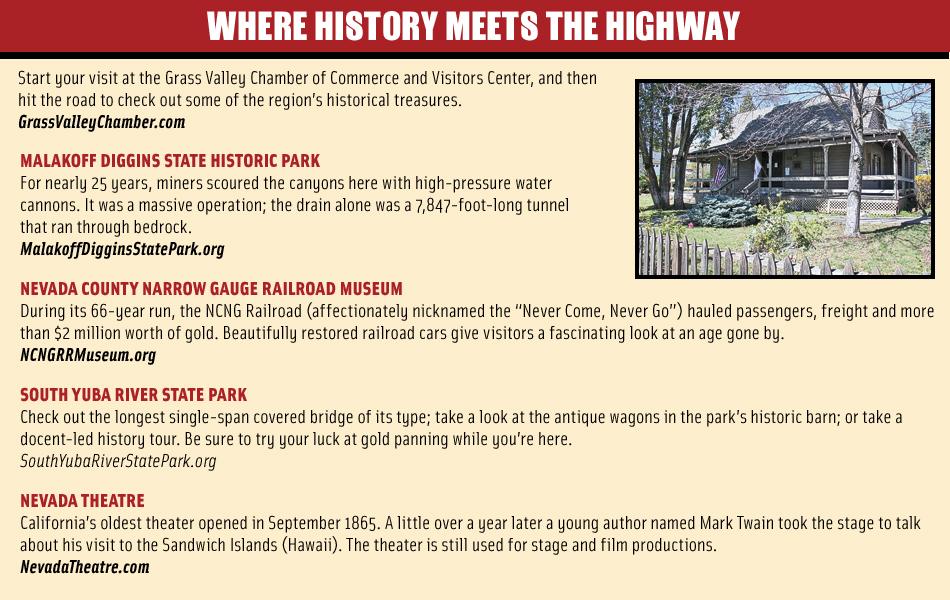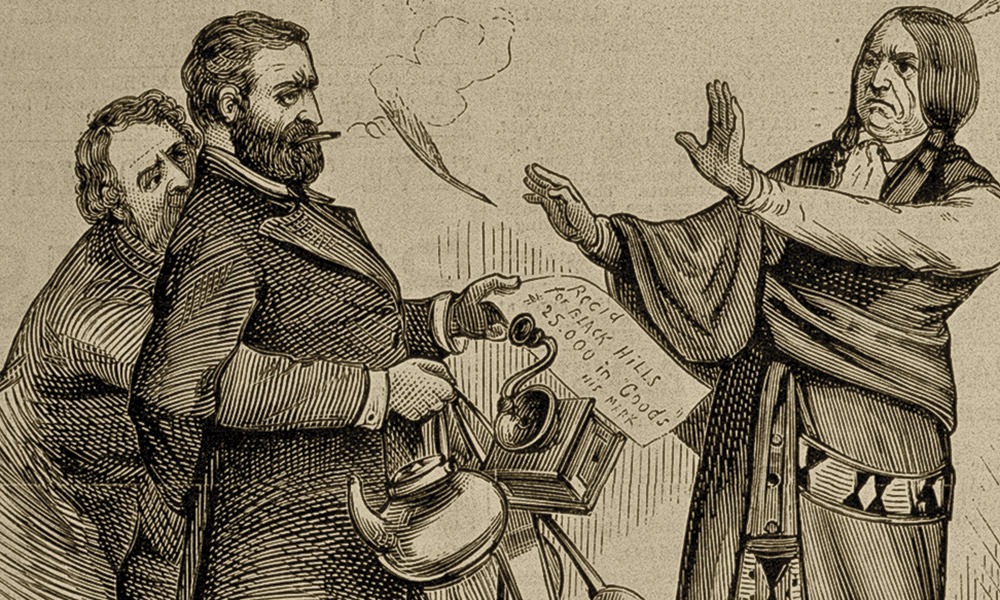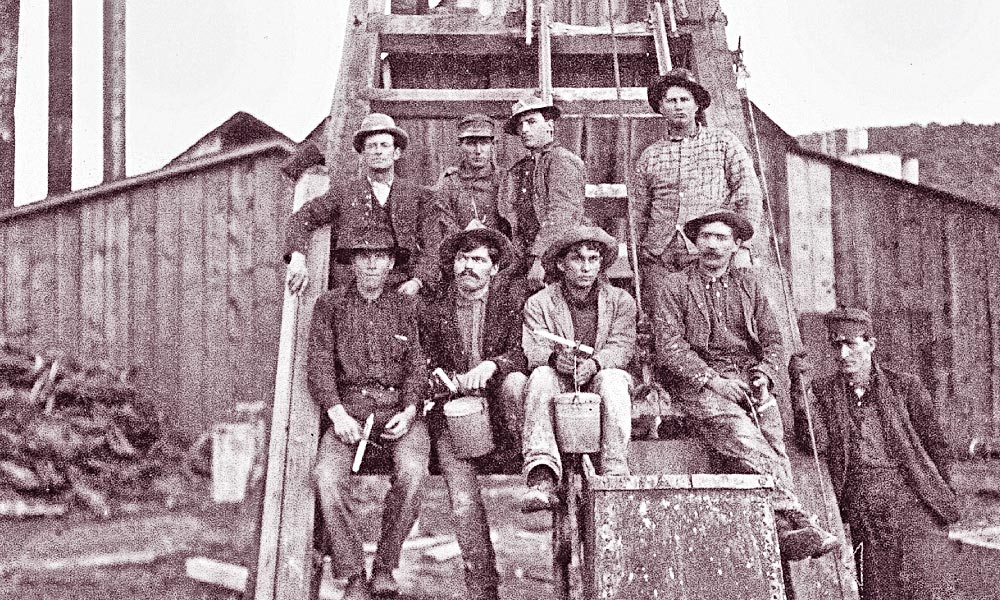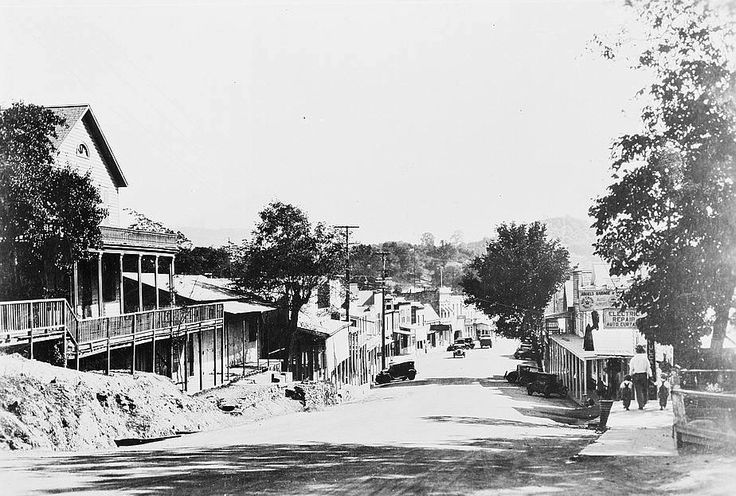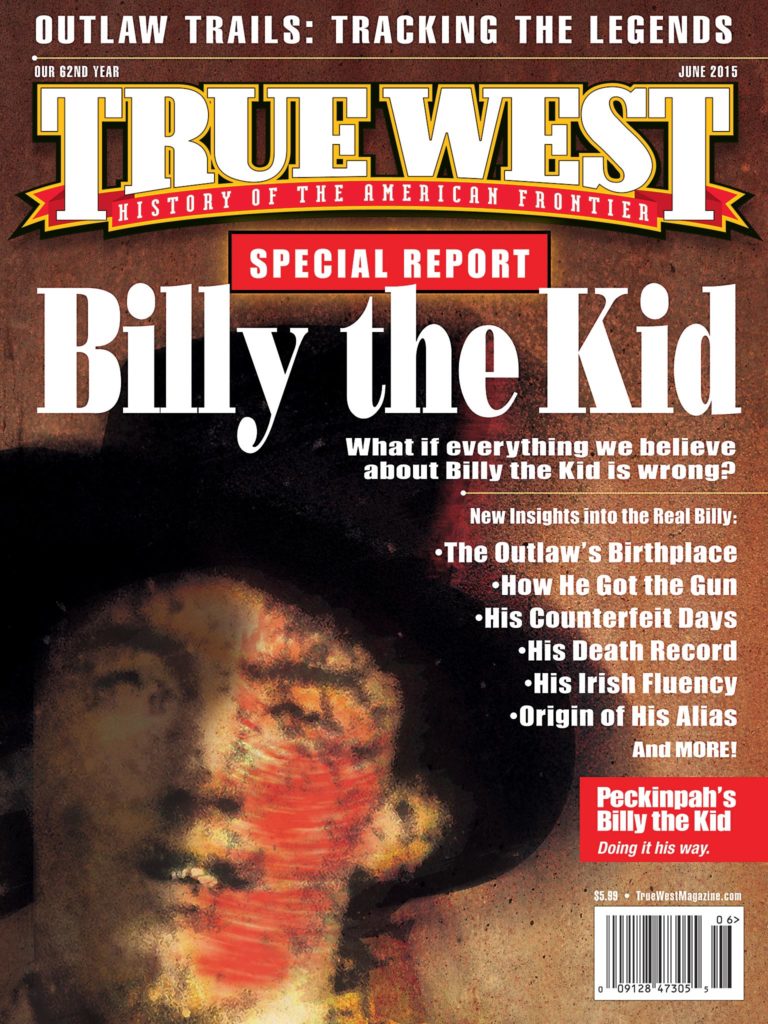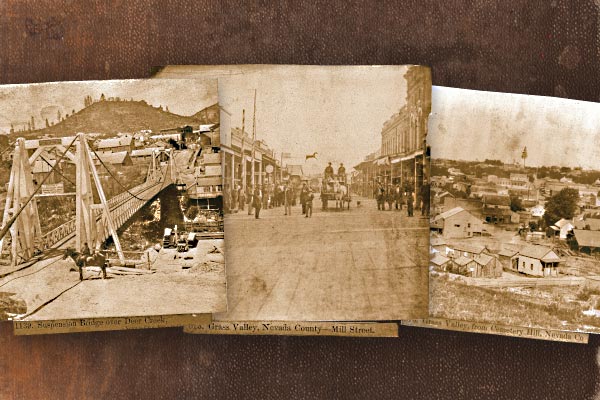 Grass Valley was once the golden heart of one of the most dramatic eras of the Old West—the California Gold Rush. The little town, tucked up in the Sierra foothills between Sacramento and Lake Tahoe, is practically bursting with historic treasures, ranging from celebrated mines and splendid museums to houses that once belonged to some of the most famous—and infamous—characters of the era.
Grass Valley was once the golden heart of one of the most dramatic eras of the Old West—the California Gold Rush. The little town, tucked up in the Sierra foothills between Sacramento and Lake Tahoe, is practically bursting with historic treasures, ranging from celebrated mines and splendid museums to houses that once belonged to some of the most famous—and infamous—characters of the era.
“You are ensconced in history from the moment you arrive here,” says prolific Western author Chris Enss, who has lived in Grass Valley for nearly 25 years. (Her latest book, Wicked Women: Notorious, Mischievous, and Wayward Ladies from the Old West, was released in February.)
Prospectors poured into the region after George McKnight stumbled across an outcrop of gold-laden quartz in 1850. Before long, the rough-hewn gold camp was California’s most prosperous mining town. William Bourn developed the Empire Mine, which became the biggest, deepest and richest operation around. By the time it closed in 1956, the Empire had produced nearly six million ounces of gold. Get the whole story at the Empire Mine State Historic Park.
The boomtown had 150 saloons at one point, Enss says. And, she notes, cathouses were often located right next to mine shafts. “Location, location, location. It was important back then, too.”
Hard-rock min-ers from Cornwall, England, adept in the use of the high-tech pumps that keep mines from flooding, flocked to the region. By some estimates, around 60 percent of the town’s population was of Cornish extraction by the 1890s.
You can taste that influence today in many downtown restaurants, which still serve Cornish pasties, the hearty meat-and-vegetable meals that were once a staple of a miner’s diet. “When you come to Grass Valley, you just have to have a pastie,” says Enss, noting that today’s restaurants use some of the original 19th-century recipes.
Several celebrities lived in Grass Valley over the years, including the actress and courtesan Lola Montez (aka the Countess of Landsfeldt), who scandalized audiences with her suggestive “Spider Dance.” The Montez House, a replica of her original home, now serves as the local chamber of commerce and visitor center.
One of Montez’s neighbors was a precocious little red-haired girl named Lotta Crabtree, who charmed audiences with her singing and dancing. Lotta performed in mining camps throughout the region and, as appreciative miners tossed gold nuggets and coins at her feet, Lotta’s mother gathered up the proceeds in her apron. Crabtree later became one of the most acclaimed—and wealthy—actresses of the era. The Crabtree House has
been designated a California Historical Landmark.
Grass Valley has a slew of buildings listed on the National Register of Historic Places. You can belly up to the bar at the Golden Gate Saloon, which first opened in 1852. Although it burned down in 1855, it was promptly rebuilt to become what townsfolk say is the oldest continuously operating saloon west of the Mississippi River. An annex, added to the saloon in 1862, became the Exchange Hotel; new owners renamed it the Holbrooke Hotel in 1879. Guests have included Mark Twain, Jack London, Ulysses S. Grant and several other presidents. The hotel remains open for business.
The North Star Mine Powerhouse and Pelton Wheel Museum holds a fascinating assortment of antique engineering artifacts, including the largest Pelton wheel (an especially efficient type of water turbine) ever built.
Visit Grass Valley in June to enjoy its Gold Rush Days. For a taste of Cornish culture, drop by in March for the St. Piran’s Day event, or come for the Cornish Christmas Celebration.
John Stanley was a longtime newspaper travel writer and photographer.
Photo Gallery
– Photos by Dennis Bashor/Courtesy Greater Grass Valley CVB –
– Photos Courtesy Library of Congress –
– Dennis Bashor/Courtesy Greater Grass Valley CVB –


